CARNIVOROUS > NEPENTHES
IN THIS templet
NEPENTHES GUIDES

Surely the runaway top choice for a flora to take a ahead office in a haircloth - raising horror film is one of the monster - like ewer plant .
These reliable gamey carnivores of the Plant Kingdom , over and above dirt ball , relish even little bird and rats!1Nguyen , T. ( 2009 , August 20).Giant Plant Eats Rodents . livescience.com . call back April 18 , 2023 , fromhttps://www.livescience.com/10561-giant-plant-eats-rodents.html
In this pathfinder , we ’ve collaborated with some of the top expert on carnivorous plants and the Nepenthes genus , includingPeter Walker , the Owner of Wack ’s Wicked Plants .

N. alata
“ I love the shapes , colours and variation of carnivorous plants , ” Peter Walker shares .
“ The cosmopolitan look of them , their diversity , the trapping mechanics , how they work , how they evolved and their hardiness are all reason why I ’m so passionate about growing them . ”
Overview
PreferredAmple Filtered / Diffused / Dappled Sunlight
ExposureSheltered
HeightVaries
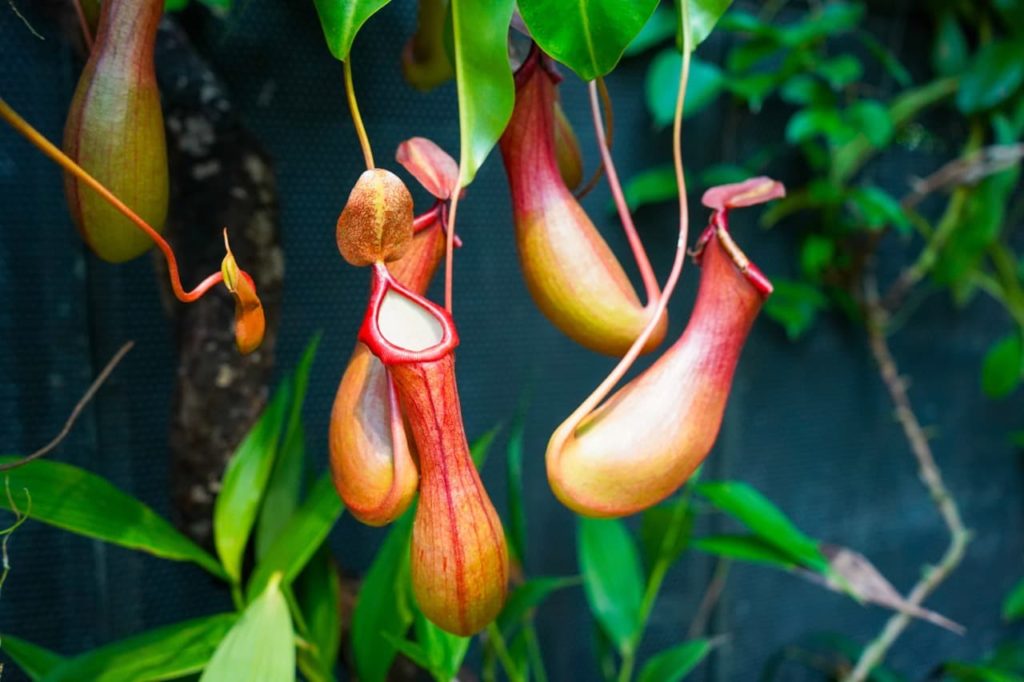
SpreadVaries
Bloom TimeApril to May
PreferredLoam
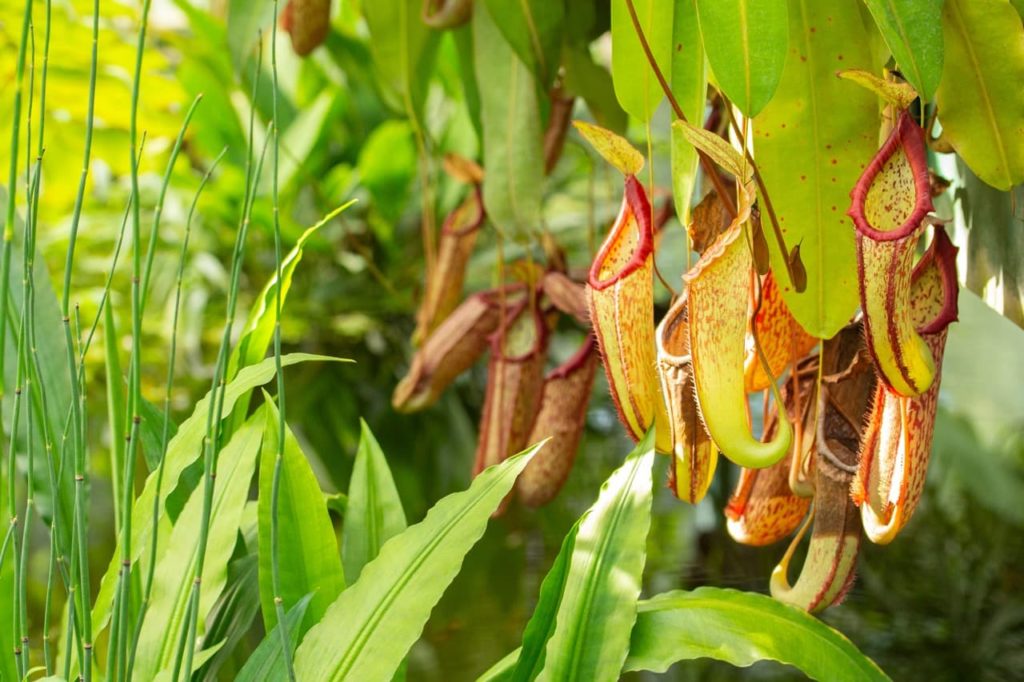
MoistureMoist but well - drain
pHAcidic
From the aroused , tropic rainforest of Indonesia to the moist , coolheaded highlands of the Philippines , this plant stimulate quite a stir in Europe a couple of centuries ago due to its ability to deplete small mammals.2Carnivorous industrial plant : the gist - eaters of the plant world . ( n.d . ) . Natural History Museum . Retrieved April 18 , 2023 , fromhttps://www.nhm.ac.uk/discover/carnivorous-plants-meat-eaters-of-the-plant-world.html

What ’s more , one or two of the biggest Nepenthes species , such as the recently - discoveredNepenthes attenboroughiiandNepenthes raja , catch and have rodents and even lizards.3Tropical twirler plants are beautiful but deathly . ( 2020 , season-03 ) . World Wildlife Fund . Retrieved April 18 , 2023 , fromhttps://www.worldwildlife.org/magazine/issues/fall-2020/articles/tropical-pitcher-plants-are-beautiful-but-deadly
However , the majority of the mintage trap and compilation insects little and tumid .
Attracted by nectar , the insects fall into the pitcherful , drown in the fluid and are digested by enzymes.4Nepenthales : Droseraceae & Nepenthaceae . ( n.d . ) . Berkeley University . recall April 18 , 2023 , fromhttps://ucmp.berkeley.edu/anthophyta/caryos/nepenthales.html

N. alata
A few of the large Pitcher Plant metal money entice shrew or bat to feed or rest on ( or inside ) the pitcher .
The faeces or guano excrete by these little mammals serves to feed these strange species.5Nepenthes . ( n.d . ) . Global Biodiversity Information Facility . Retrieved April 18 , 2023 , fromhttps://www.gbif.org/species/144103386
Different species exhibit pitchers of pretty different shapes and hues .
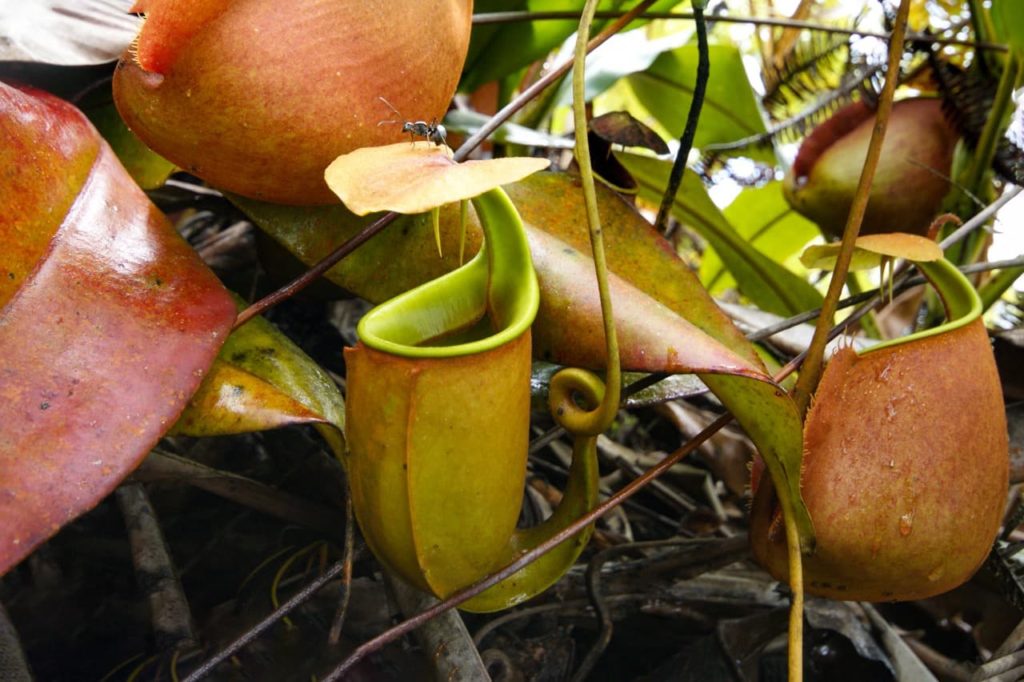
N. bicalcarata
Some specie ’ pitchers do indeed resemble mound – while others are more stretch – and some are even short and plump , appearing more jugful - like .
In many species , upper pitchers and lower pitchers on a works are distinctly shaped .
For the most part , pitcher are a little broader at the base and a little narrow at the neck ; the readable majority of species have a chapeau on the mound .

N.‘Rebecca Soper’
mound are realise in a tremendous assortment of color tones in greens , orange , reds and browns .
They are often gradate , bi - discolour , stripy , bespeckle or blotch .
The pitcher typically are held up by tendril that condescend from the tips of the leaves .

Nepenthes x hookeriana
According to data from Kew Royal Botanic Gardens , 179 Nepenthes species inhabit undisturbed wild in a belt of sea - separated landed estate stretch out from Madagascar to Southeast Asia.6Nepenthes . ( n.d.-b ) . Kew Royal Botanic Gardens . Retrieved April 18 , 2023 , fromhttps://powo.science.kew.org/taxon/urn:lsid:ipni.org:names:327014-2
All are in full tender evergreen plant perennial .
Common Varieties
“ I love all carnivorous plants , but if I had to opt , I would say that I have a finical partiality for the tropical pitcher plants , ” says Kevin .
“ There are numerous species and the pitcher word structure is extremely diverse .
“ Some pitchers are like dainty cup the size of a thimble , while others can agree a Imperial gallon of water and are open of swim puke .
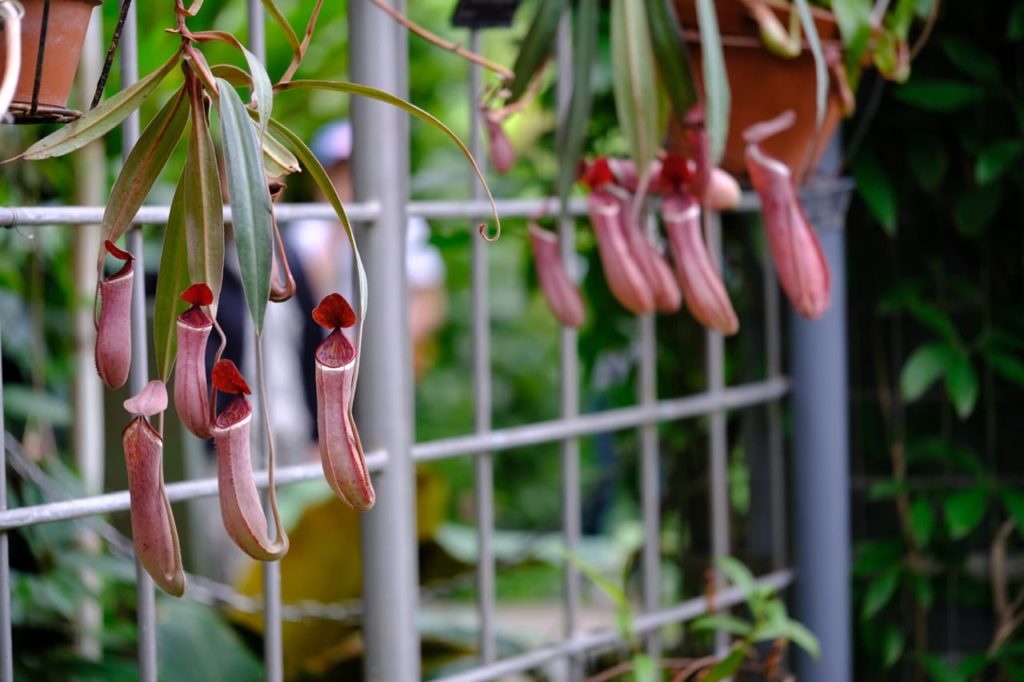
“ Many of the pitchers also have vibrant colours and delicate patterns .
“ I especially loveNepenthes ampullariaand its hybrids , which have pear-shaped , tubby pitchers that can carpet the ground .
“ Although some species of this genus can be knockout to grow , requiring temperature drop at night and eminent humidity , a mint of the loanblend can be grown well on a windowsill . ”

The aforementioned Attenborough ’s hurler plant is , unfortunately , critically expose , as are nine other species.7Tropical twirler works are beautiful but venomous . ( n.d . ) . World Wildlife Fund . Retrieved April 18 , 2023 , fromhttps://www.worldwildlife.org/magazine/issues/fall-2020/articles/tropical-pitcher-plants-are-beautiful-but-deadly
A limited number of miscellany are useable , though albeit not in the same wayBegoniasorCarnationsare available at every recession garden centre .
strong suit nurseries stock up some varieties of Nepenthes , withNepenthes alatabeing the easiest to find .

This plant is often kept as a houseplant and can also be grown in hang basket .
Its pitchers are 18 - 22 cm gamy and show a range of tones in greens and reds , including intermingled immature and cherry-red tones and flushes .
genus Nepenthes hybrider‘Blood Red ’ andNepenthes sanguineahybrid are two other varieties that can relatively well be source in the UK .
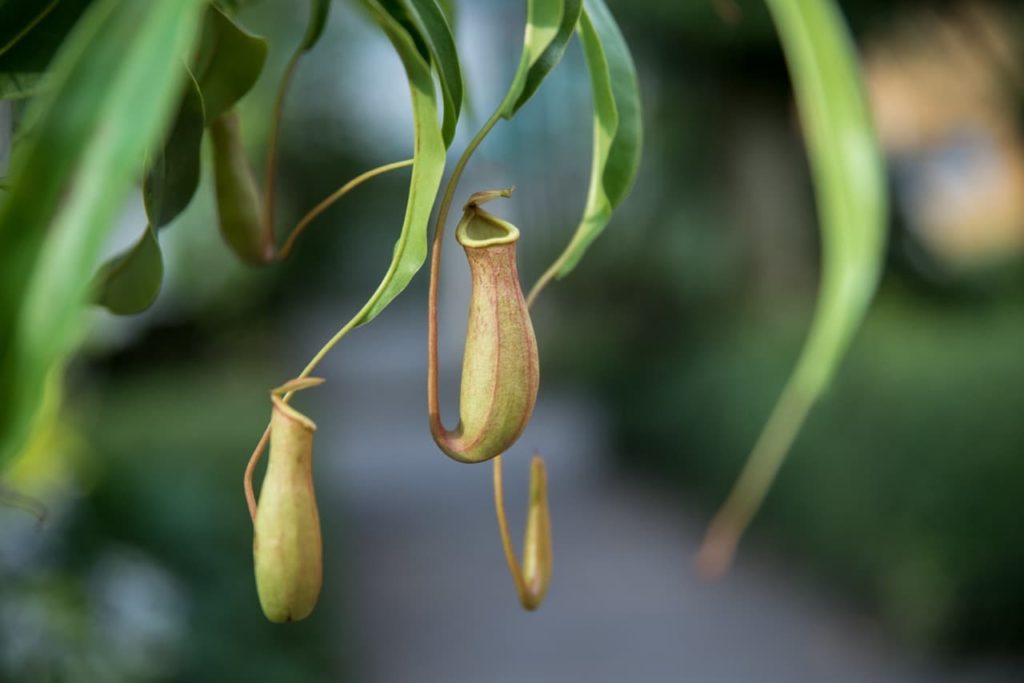
‘ Blood Red ’ has pitcher that are light green at the pedestal and reddish in the upper two - thirds , progressively becoming dark red .
Those ofNepenthes sanguineaare rather more of a dusky red hue .
“ I enjoy lowland Nepenthes because they are gentle for me to grow in my region and they can get massive trapsandcome in a smorgasbord of colouration , ” shares Kenny .
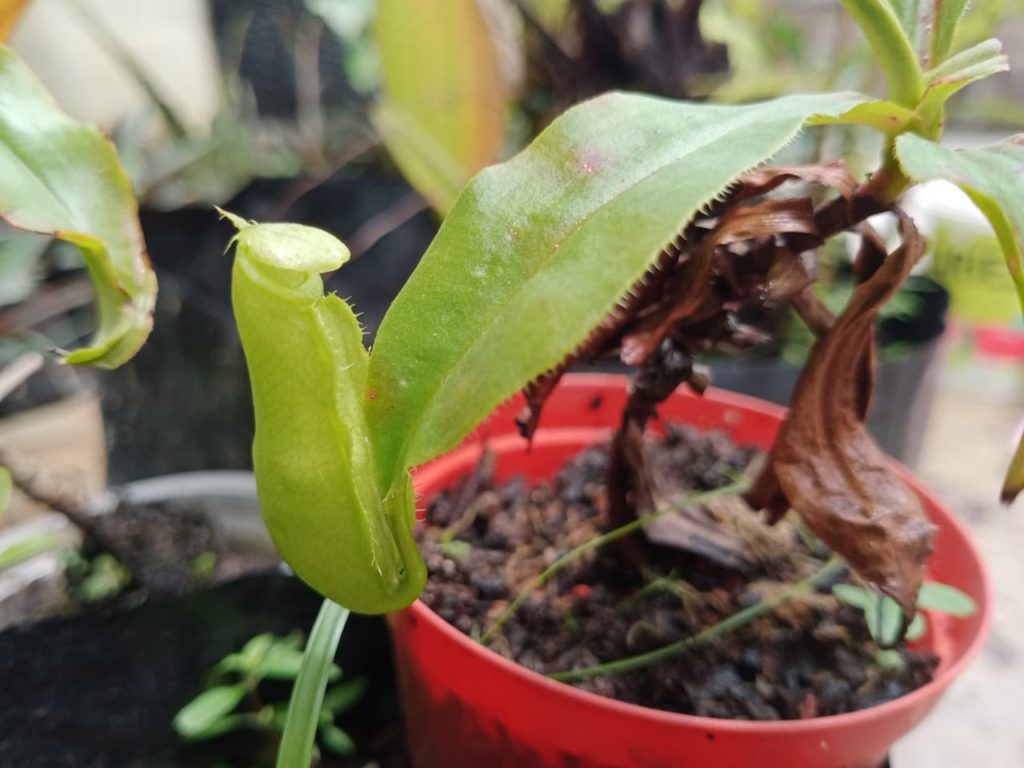
“ My favorite specie isNepenthes bicalcaratawhich has two fangs which dribble nectar , which makes it appear that the plant is salivating . ”
All three mixed bag ’ pitchers have an elongated physical body that is just slimly bellied at the base .
Not quite as easy to find but still potential to site in the UK are RHS Award of Garden Merit winners ‘ Rebecca Soper ’ , ‘ Bill Bailey ’ andNepenthes×hookeriana .
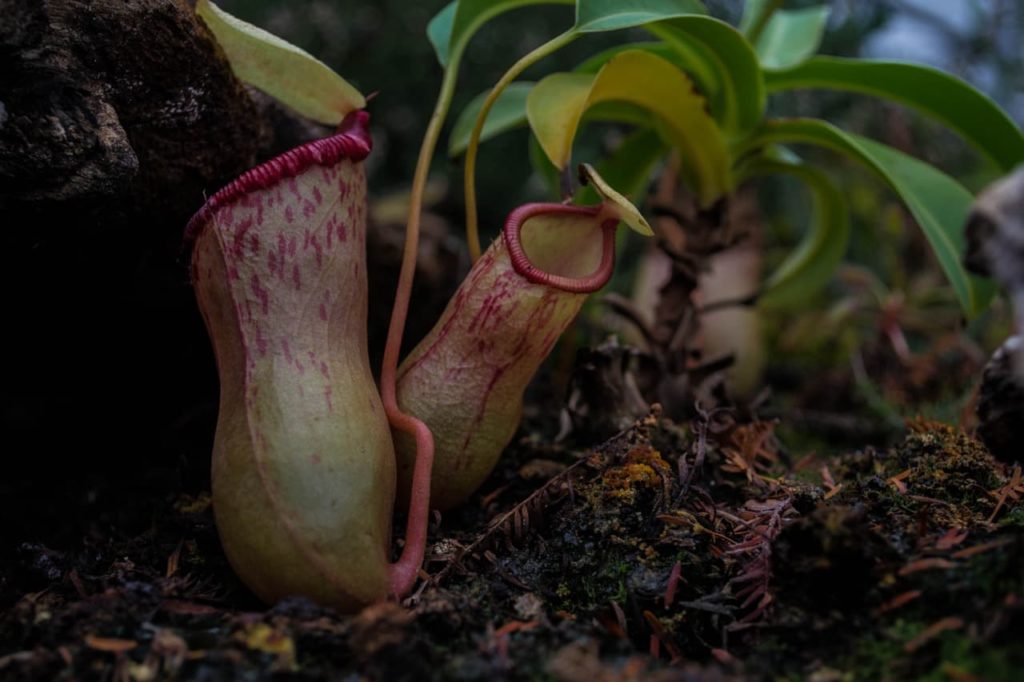
The first cultivar is specially vigorous and can reach 75 cm .
Its pitchers are 12 - 15 cm prospicient and are of a plum tree to brownish - red hue .
The 2nd cultivar is also a vigorous one with hurler that are about 10 atomic number 96 and are of a deep red to maroon chromaticity with speckled Interior Department .

The third one , a crossbreed , is comparatively immense at nearly 3 m tall and 70 centimetre wide and is also a climb vine and really involve to be root in open ground , for which reason British gardeners can only take a chance on it if they have a conservatoire or greenhouse .
Its hurler are relatively little at 10 - 11 cm but they are really eye - catching , lark about inscrutable red spot and markings on the light green ground in greatly vary Libra the Balance of red and green .
ThoughNepenthes ventricosais hard to happen , it is a comparatively not - so - tender and vigorous species that is adaptable to temperate term .
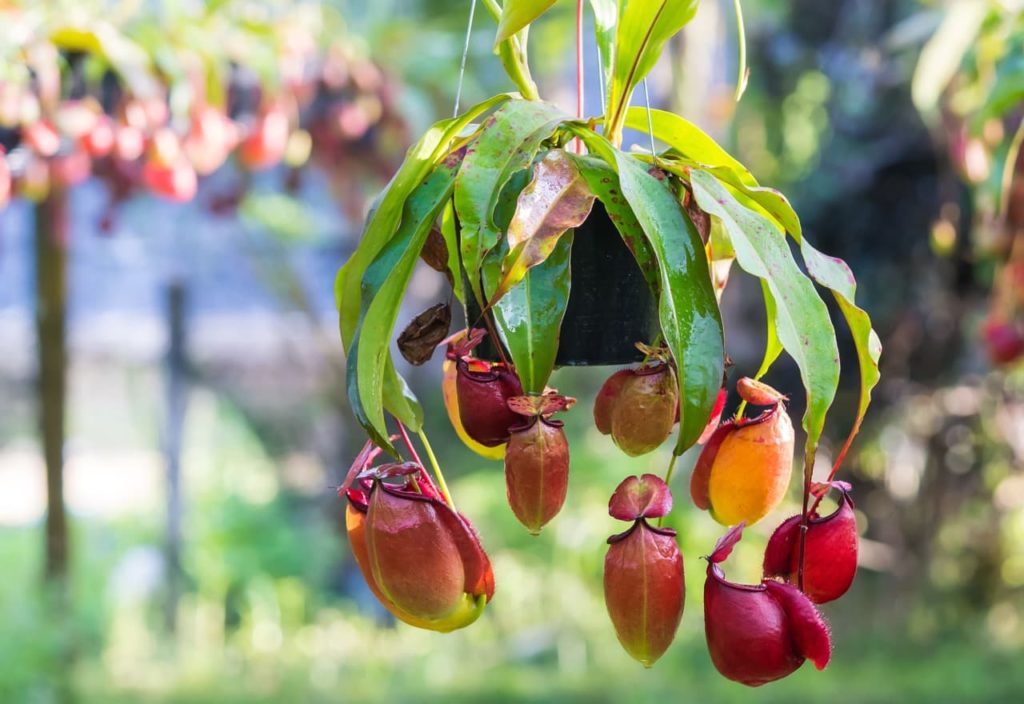
How To Grow Nepenthes
Considering the sizeable number of Nepenthes species , the steadily increasing telephone number of hybrids and cultivars and their somewhat different aboriginal habitats , it is not potential to bring home the bacon one size fits all growing guidance .
Also , quite a few specie , admit most of the lowland species , would be quite impossible to grow in British gardens .
As such , our plant forethought guideline bear on to the varieties diagnose in the premature section .

In universal , the highland species and their derivative hybrids and cultivars are possible to turn with some fuss and like in temperate climes , provide they are put correctly and the condition are not very contrary .
In the UK , Nepenthes may be grown as a houseplant , rooted in nutrient - poor loam .
They may be kept outdoors during warm weather in a sheltered spot in attenuated sunlight .

“ If you want to turn Nepenthes outside in the summertime months , you could implant up stool that can be move in and out of nursery or conservatory , ” share Master Horticulturist Colin Skelly .
They involve to be on a regular basis watered except in winter , when watering should be reduced .
humidness is very significant to Nepenthes ’ health and in ironic weather , it is wise to mist it regularly .
The aforementioned varieties may be propagated via basal base cutting in February , except forNepenthes×hookeriana , for which April to May is a more suitable timeframe .
Pitcher Plant Care
Our pitcher industrial plant care guidelines are spelt out under factor - specific gallery underneath .
The good type of Christ Within for Nepenthes is sizable sun , usually six hours or more , but it should be percolate , diffuse or dappled , such as sunshine come through a netting pall , through textured trash or through the leafage of a tree or a mounter .
In my feeling , textured field glass is a tremendous way to achieve the objective .
It is easy , low-priced and cosmetic .
It is also adjustable , as textured glass is useable in a pick of translucencies and thicknesses .
In the absence seizure of such kinds of indirect sunlight , a few hours of early good morning sun followed by some bright tincture will serve these plant life ’ needs quite well .
The pitcher flora variety identified above will thrive in temperatures between 21 - 28 ° C during the day and 14 - 18 ° coulomb during the night .
Though the temperature may cross the upper limit it should really not fall below the lower limits .
genus Nepenthes × hookerianarequires even warmer temperatures .
All pitcher plant require more humid consideration than most other plants , so the dry atmosphere of most home ( or even conservatories ) may be debatable .
It would be best to escape a humidifier for several hours every other mean solar day near where you keep your pitcher plants .
A 2d choice is religiously to befog these works every day or two – it should be a very okay mist and should be done during mid - morning .
Another very significant factor is ventilation and air movement .
A twirler flora should not be put in a spot where the zephyr is stale and where the air movement is impaired .
It should be in a well - ventilate position that has good airflow , such as near an open window .
I find you could improve ventilation by running a belittled tabular array buff at a slow swiftness for a few hour a daylight , placed 2 - 2.5 m from the works .
The first rule of tearing relates to the form of water .
You should not habituate strike water for these works , as the salts present in tap water are toxic to these exotics .
For the same reason , bottled mineral water is also to be avoid .
“ The most common problems with these plants is that people utilize rainwater or block to water frequently , ” portion out Peter .
“ They are bog industrial plant and want to be kept besotted incessantly . ”
With Peter ’s advice in idea , water in moderation but oftentimes .
The soil must be kept continuously moist , but should never be waterlogged and certainly not dry .
During wintertime , watering needs are somewhat reduced , but even then the soil should not be allowed to dry out out .
Water using a lacrimation can that is fit with a rosiness .
If the plant is settle indoors , keep an heart on the hurler as they may well dry out .
If any twirler is even nearly empty , use a dropper to refill it with body of water to about a third of its height .
genus Nepenthes require acidic , low - nourishing land with very good drain .
They should not be produce in normal garden soil or any type of commercial-grade compost .
If you’re able to find out Nepenthes ground mixture made by a reputable manufacturing business , I ’d suggest you expend that .
Otherwise make your own using equal parts of the three components listed below , with a option of components in the first two sets :
Do not fill in a component in one hardening for that in another set .
Another option is to get orchid potting premix .
As for plenty , the best eccentric of textile for these plant , what with their very particular requirements , is natural stone .
Plastic pots will not breathe and may lock in dampness , considering how frequently these plant need to be water , while clay pile may leach salts and ion which , over time , could lead to buildup that may be toxic for pitcher plants .
You may demand to feast Nepenthes , except not in the manner you would feed other plants , as they should not be fertilised at all .
Out on the porch or even in the home base , provided it is not hermetically sealed , pitcher plants will feed themselves by snare the odd fly or other insects .
It is definitely preferred for these flora to be settle in a place which proffer a fair phone number of insects , whether they ’re flying , crawling or both .
In a conservatory , these plants may be inadvertently put on a diet .
In such a shell , drop a impertinently - dead housefly or similar - sized worm , be it from the menage or the garden , into a mound .
The insect shouldnothave been killed with any pesticide .
feast pitcher plants in this style by dropping in two small insects in two pitchers every two days or so , but only if insects are not present in the plants ’ location and milieu .
Houseflies and crickets are adept choices .
Do not put anything , food or otherwise , other than an worm into a pitcher .
genus Nepenthes plants will not necessitate to be pot on due to alimental consumption or deficiency , as they do not eat soil nutrients and prefer nutrient - poor grease to begin with .
A industrial plant will necessitate potting up only if it outgrows the pot it is in .
pitcherful industrial plant growth is extremely varying as it is strongly dependent on environmental experimental condition .
If you abide by the roots emerging from the bottom of the pot or the flora is clearly too big for its container , promptly pot up to the next - higher - sized container .
Another reason to re - pot a hurler plant may be dirt debasement or rotting .
Pitcher plant roots are very finespun , so potting on is a dodgy operation .
irrigate the industrial plant and remove it with the caked soil and quickly plant it in the prepared lot .
spread out the land around and over the roots and merely dab it down without exerting any force per unit area on it and tap the potentiometer on the land to settle the medium .
Water in the plant .
Pitcher plants do not require pruning as such .
However , you might notice that over time a pitcher startle going brown and start to wither .
This occurs after a mound has pin and consumed a few or several insects .
prune off such a pitcherful at its tendril ’s attachment to the leaf .
mound plants are evergreen and do not enrol sleeping in wintertime .
They should not be jumble with Sarracenia or the American Pitcher Plant which does record wintertime quiescence .
You need to do nothing different during wintertime , just ensure that all the care guidelines laid out above are met .
Of of course , pitcher plants may not be kept outside even during cool springtime or fall weather condition , let alone in winter .
In the UK , all you really call for to watch out for are aphidsand mealybug .
They can fascinate fungal disease , but not if the aforesaid upkeep rule of thumb are scrupulously follow , especially the issue of respiration and air movement .
Aphids and mealy bug are not hard to tackle but check that not to use chemical controls on Nepenthes .
Use biological controls like natural predator , but be aware that these might fall prey to the plant themselves !
An infestation of aphids spotted early on can be treated with a electric fan or canned air , though keep it at a good space from these delicate plants .